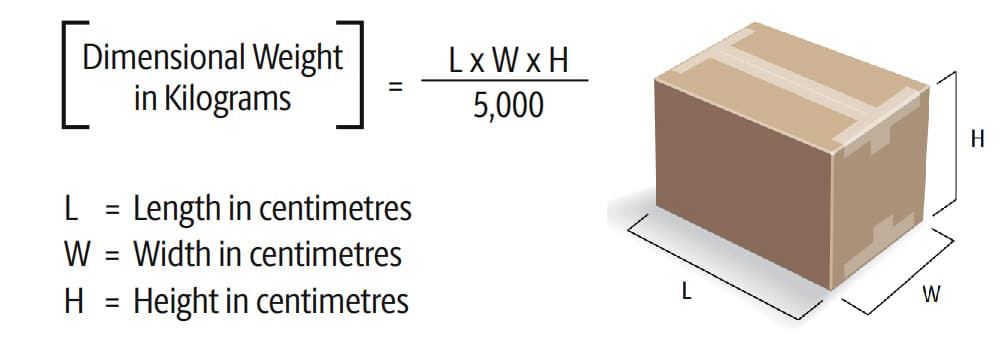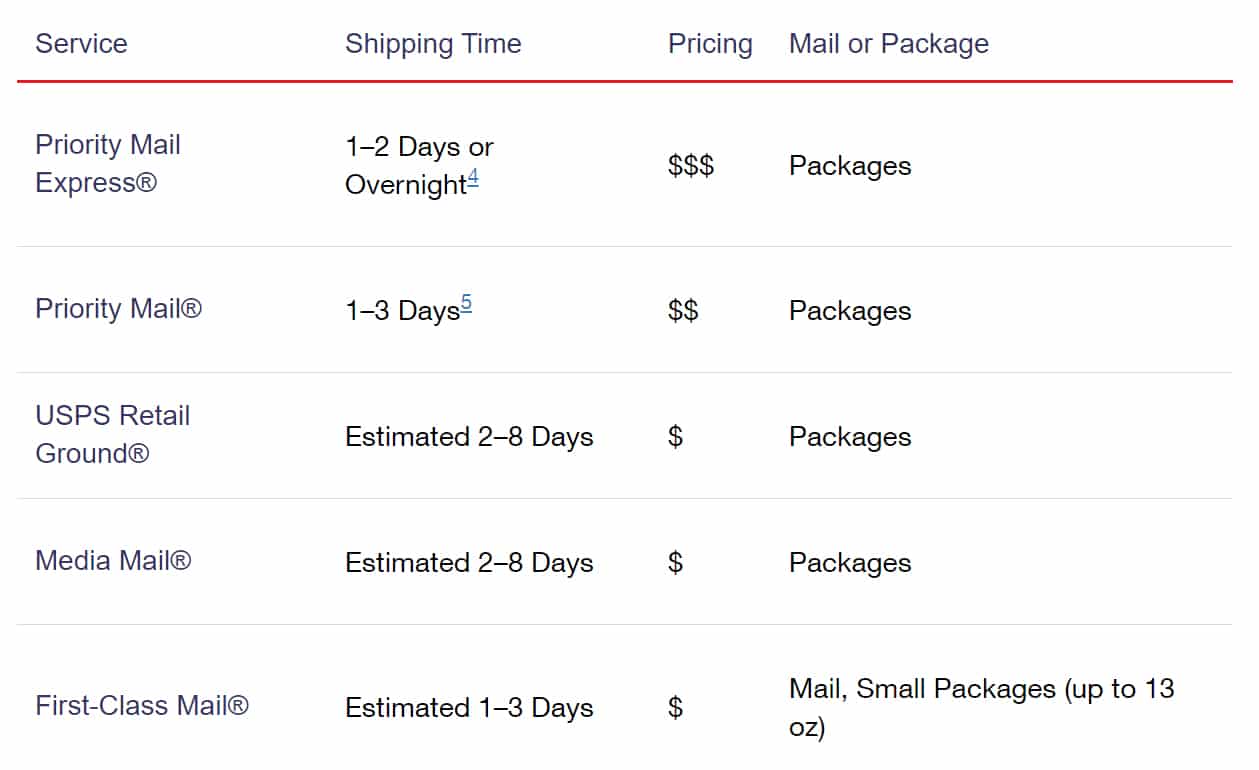Table of Contents
Overview
Managing product shipping is one of the most critical aspects of starting a company. The most successful merchants employ strategic shipping options to offer customers a wide range of shipping methods with different conversion rates from multiple carriers. You often hear about shipping rates and shipping costs and what are the main differences between the two, and how can you tell them apart? There’s a lot more to shipping to set you apart from the competition and increase margins.
Customers expect to pay the least amount of money for delivery, to receive their order easily, and to have all of their items in excellent condition. It’s a good idea to spend some time building a clear shipping strategy firstly. In this post, I will share the basic idea about shipping and its features that need to be considered.
What is shipping cost?
Shipping costs are what you charge the customers in addition to the cost of the items they order. As a store owner, you can determine the shipping costs based on your shipping strategy. While shipping rates are the rates provided by carriers based on their own ways of calculating shipping costs. This means you get orders to your customers through various carriers and they will handle the shipping costs for you. Different carriers will calculate shipping rates vary based on destination and origin, the weight and dimensions of a package, and the shipping time.
Type of Shipping Rates
Flat rate shipping
Flat Rate Shipping is a fixed shipping rate applicable for all types of shipping boxes and doesn’t depend on item shape, size or weight, as long as below some limit.
Customers can get flat-rate or free shipping from certain online retailers. This makes it easier for consumers to realize how much shipping will cost them so they aren’t shocked at checkout, and it also helps stores predict how much shipping will cost them. However, using a carrier’s flat rates has the downside of being vague and lacking in detail.
For example, Parcels shipped with the USPS Priority Mail flat-rate program need to fit in the appropriate container and must be 70 pounds or less. FedEx also offers some FedEx flat-rate shipping for items that weigh less than 50 pounds.
In a nutshell, it depends. You can provide a flat shipping rate to your buyers as long as within a specific zone, weight, or size. For some people, flat rate shipping is perfect, while for others, it is not.
Table rate shipping
In contrast to flat rate shipping, table rate shipping (or standard rate) varies according to the weight, size, and other related dimensions of the box or the package. Learn more about Magento 2 Table Rate shipping.
Buyers would be able to receive favorable shipping rates based on their position if calculated rates are shown at checkout. Sellers may also opt to view the breakdown and exact sum of taxes and fees, ensuring that shipping costs are fully transparent. You can ship at a table rate if you don’t have many customers in a given region. It assists beginners in preventing any misunderstanding or loss.
| Rates based on | Conditions | Shipping charges |
| Weight or Dimensional Weight | Under 5lbs | $2 |
| Above 5lbs | $10 | |
| Location | Domestic | $5 |
| International | $25 | |
| Number of items | 4 or more | $15 |
| 3 or less | $5 | |
| Time | 1 Days | $20 |
| 5 Days | $3 |
If the order meets any conditions in the table above, it will automatically combine rates and display them at checkout. It’s important to understand that Table rate is advanced shipping cost calculations. When you have a lot of rules and conditions, let carriers handle the shipping cost would be a better solution.
Shipping Cost Calculation
There are differences in how costs are calculated for shipping and these are the some factors that you need to consider when calculating shipping costs.

Shipping destination
The distance traveled by a delivery from its point of origin to its shipping destination is a significant factor in deciding the rate. In general, the further in distance will increase the fee you have to pay. Carriers like USPS, UPS, FedEx and DHL use shipping zones to calculate shipping rates.
The shipping zones are defined by the origin of your shipment. This means that two different origin points shipping to the same destination could be shipping to entirely different zones. These can range from Zone 1 to Zone 8 in the United States. As simple as it may seem, you must first decide where you are shipping from and where the shipment will be shipped before you can begin estimating costs.

Package size
When it comes to the size of a package, the length, width, and height of the box used to ship the products are the measurements. In general, this is the amount of space a shipment takes upon the delivery vehicle. The size may vary depending on the product so carriers come up with a pricing technique called dimensional weight (or DIM weight).
To measure the dimensional weight of your package, carriers multiply its length, width, and height, then divide the result by a cubic divisor of their choosing. Shipping companies such as USPS, FedEx, and UPS measure shipping charges based on the greater of the package’s actual weight or its DIM weight. The higher of the two becomes the billable weight for which you have to pay.

Learn more about dimensional weight and how to reduce shipping costs by optimizing your packaging. These small measures will help you save money on shipping and get a better estimate, which will help your eCommerce business’s bottom line.
Package weight
Package weight is the actual weight of the package. The heavier the package, the more it will cost to ship. The real and dimensional weights of the package will decide the shipping rate. Which means the greater of each package’s actual or dimensional weight will be used to calculate shipping costs.
Notice that packages that exceed Carriers’ weight and size limit are not accepted for transportation.Shipping time
The delivery time refers to the time it takes for a package or shipment to arrive at its destination. Depending on the distance the shipment is going, this can range from overnight to over a month depending on the zone.
It would cost much more to get a shipment shipped overnight than if you use a regular 3-7 day ground service. Before you settle on a shipping cost estimate, you’ll need to know how quickly you want your packages shipped.

Other factors
There are also extra costs associated with shipment and distribution logistics. There are periods that carriers will apply extra charges due to a number of factors such as delivery location, type of goods delivered, and delivery timing.
Also, unexpected issues can occur from time to time, no matter how well-planned your shipping strategy is. This may involve anything from delivery delays to missing or damaged goods to split shipments. Although nothing can be assured, the best way is to leave some wiggle room in your shipping budget in case of an emergency.
How to estimate shipping costs with shipping calculators?
The quickest and most efficient way to learn how to calculate shipping costs is to use a calculator. USPS, UPS, and FedEx each have their own shipping calculators that allow you to get an estimate for their various services. We’ve assembled above a list of shipping calculators for some of the most well-known shipping companies so you can start comparing rates and options.
- USPS – Shipping Calculator
- UPS – Shipping Calculator
- FedEx – Shipping Calculator
- DHL – Shipping Calculator

For a better idea of rates across carriers, here is a comparison of retail shipping costs. For this example, we used a 5lb package with box dimensions of 4 x 4 x 4 in. from Chicago to Seattle.
| Carrier | Service | Delivery Time | Shipping Cost |
| FedEx | FedEx Standard Overnight | 1 Day | $111.07 |
| FedEx | FedEx 2-Day | 2 Day | $64.74 |
| FedEx | FedEx Express Saver | 3 Day | $46.71 |
| UPS | UPS Next Day Air Saver | 1 Day | $56.55 |
| UPS | UPS 2nd Day Air | 2 Day | $42.00 |
| UPS | UPS Ground | 3 Day | $28.45 |
| USPS | Priority Mail Express 1-Day | 1 Day | $72.65 |
| USPS | Priority Mail 2-Day Small Flat Rate Box | 2 Day | $8.45 |
| USPS | USPS Retail Ground | 6 Day | $20.85 |
It’s difficult to compare carriers because they all have slightly different options and each organization has its own set of variables. Still, using a calculator is the fastest and most efficient way to learn how to measure shipping costs.
Plan your shipping rate strategy
Giving your clients different shipping options and providing transparency on shipping times is a nice touch. Let’s figure out the best shipping strategy for your company – and the tools to make it happen. You don’t have to provide all of them, but here are the 4 options for shipping charges:
Shipping that’s calculated by order
Get competitive shipping rates by using real-time carrier rates. The exact shipping rates are automatically pulled from the carriers based on the customer’s location and delivery preferences. Charging your customers exactly what it will cost you to ship their order is a strategy that will help them decide which option is best for them. This is also a good choice for oversized or heavy shipments that you can’t or don’t want to send for free.
Flat rate shipping for shipments over a certain weight
Another method for determining the price based on weight ranges and order totals is to use flat rates. You’ll want to make sure you choose the flat rate that’s right for your company and whether you want to price it by weight or order total. Whichever option you choose, it will undoubtedly necessitate some strategic planning and testing to determine which one is the most effective.
Free shipping for orders over a specific price
To provide free shipping, you need to calculate carefully the cost of the shipping order and the profit you would make on that order. Free shipping when customers reach a minimum purchase point is one of the most common ways to retain profits. Customers are used to seeing this and they prefer paying for more products rather than the shipping cost. This way you can better control the balance between profit and shipping costs you cover.
Build shipping into the price of your product
If you can’t offer free shipping, another choice is to incorporate the cost into the product’s price. This option should be used with caution because you don’t want to raise the price of your goods just to cover shipping costs. Guess where your customers will go if your price is significantly higher than comparable products on the market? According to research, customers tend to abandon carts if free shipping is not available or the shipping charges are too high. The best option is to raise your goods slightly and also keep the shipping cost low. This will save you from losing profit due to abandoned carts.
Summary
The key to a successful shipping strategy is to strike a balance between your company’s and customers’ needs. Consider the shipping costs for each of your goods, then figure out the most cost-effective way to ship without disappointing customers. Also, as you learn more about your audience, be flexible and change your strategy when needed.
It’s still not all that simple to figure out the right type of shipping for your business. But hopefully, our shipping introduction will make things easier for your company and customers.
Related Posts

How To Set Up Magento 2 Shipping Table Rate
Different from the Flat Rate shipping method, Table Rate lets you configure Shipping rates based on specific conditions such as Weight v. Destination, Price v.















































